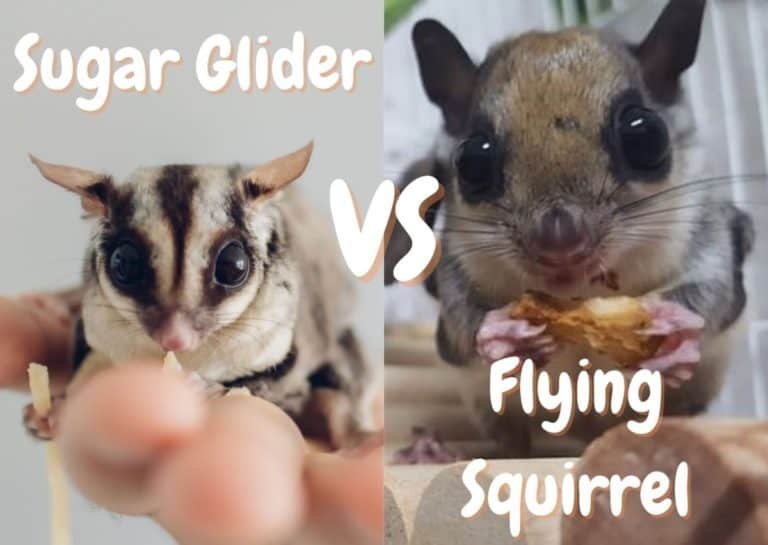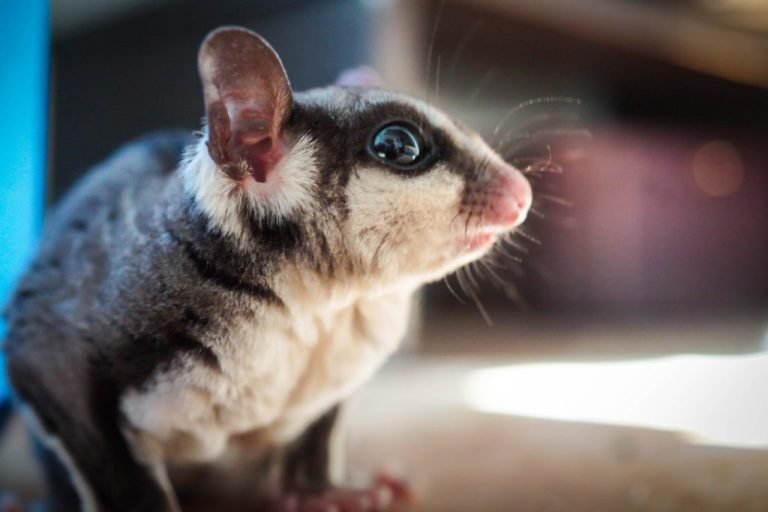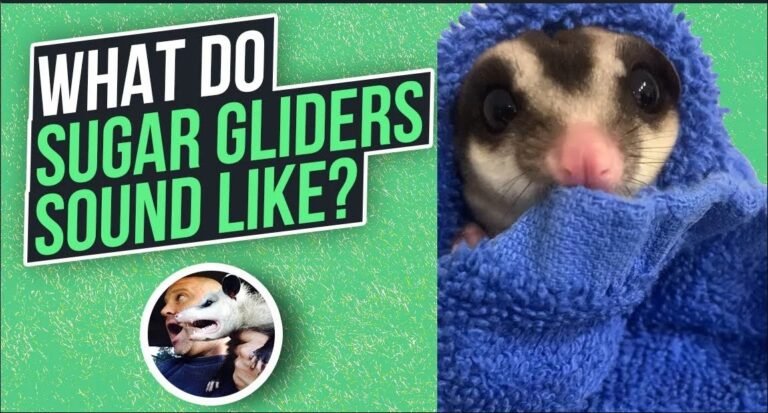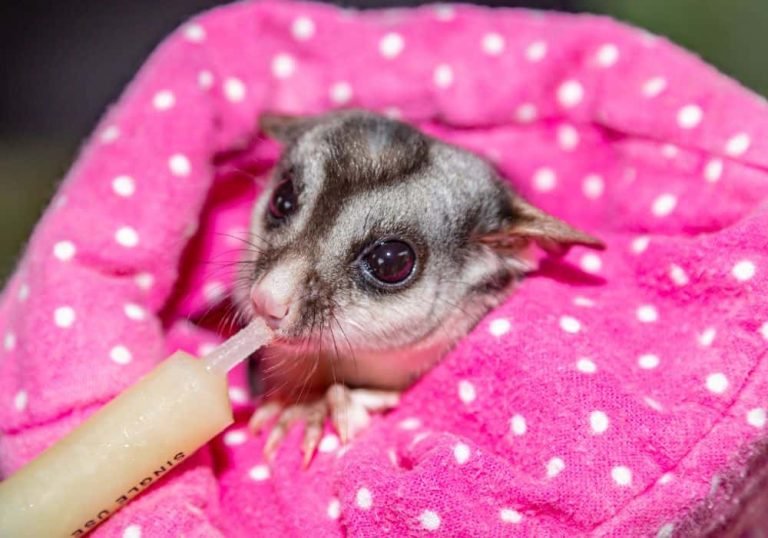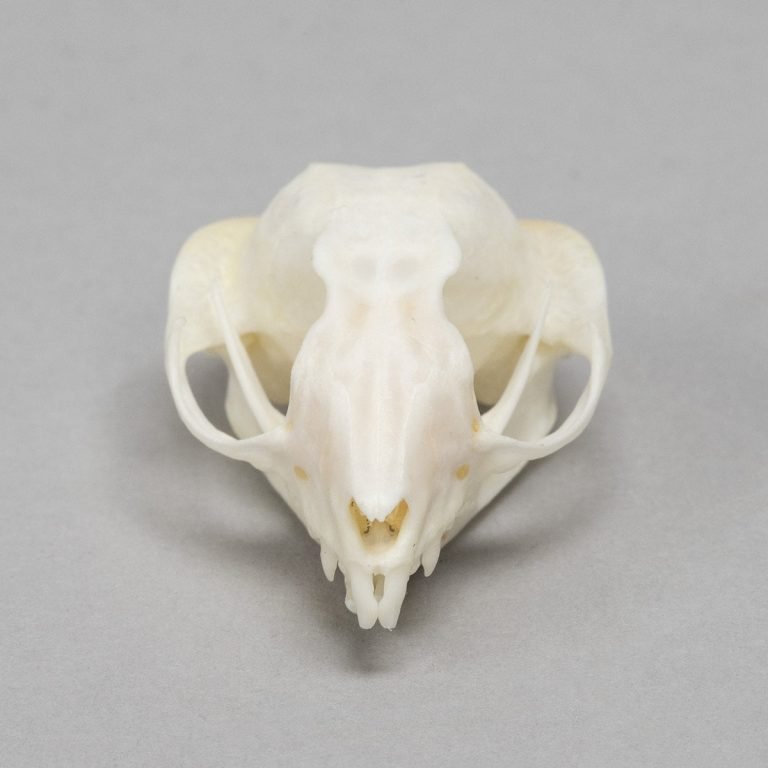Is A Sugar Glider The Same As A Flying Squirrel
Is a Sugar Glider the Same as a Flying Squirrel?
If you’ve ever come across a sugar glider and a flying squirrel, you may have wondered if they are the same creature. After all, they both possess a furry, gliding membrane that allows them to soar through the air. While sugar gliders and flying squirrels share some similarities, they are actually different animals. In this article, we’ll explore the distinctions between these two fascinating creatures and shed some light on their unique features and characteristics.
Appearance and Physical Traits
Sugar Gliders:
Sugar gliders are native to Australia, Indonesia, and New Guinea. These small marsupials belong to the family Petauridae and have a similar appearance to a squirrel. On average, they measure about 11 to 12 inches from head to tail and weigh approximately 4 to 6 ounces. Sugar gliders have big, round eyes, large ears, and a slim, elongated body. They are covered in soft fur, which can range in color from gray to brown with lighter underparts.
One of the most distinctive features of sugar gliders is their gliding membrane, called a patagium, which stretches from their wrists to their ankles. This membranous skin allows them to glide effortlessly through the air. They use their long, bushy tail to guide their flight path, much like a rudder.
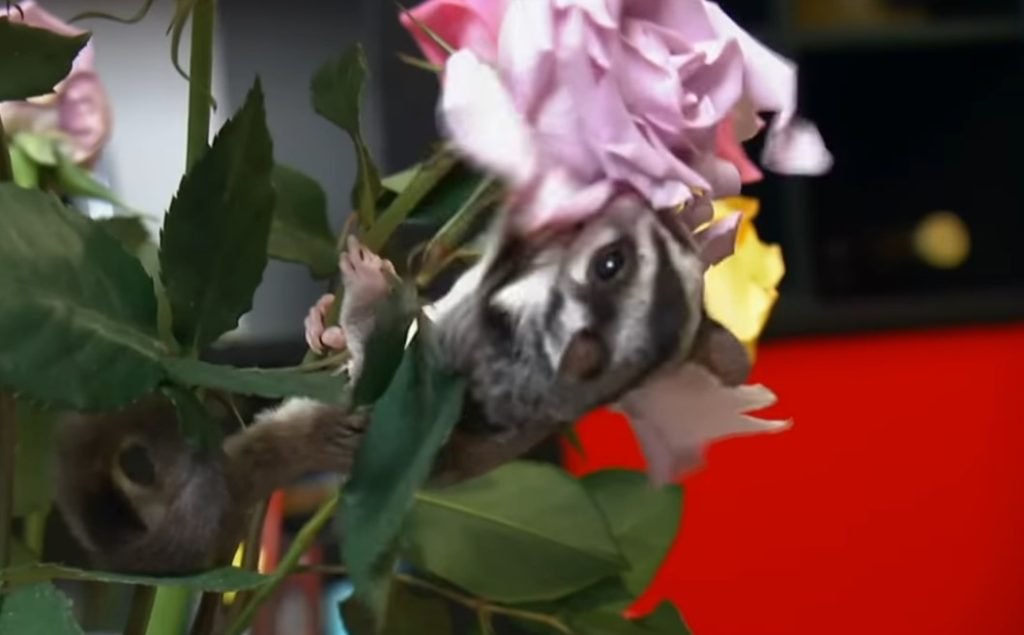
Flying Squirrels:
Flying squirrels, on the other hand, can be found in different parts of the world, including North America, Europe, and Asia. There are around 50 species of flying squirrels, grouped into three families: Sciuridae, Anomaluridae, and Pteromyidae. Their appearance can vary depending on the species, but they generally have a more squirrel-like body shape compared to sugar gliders.
These nocturnal creatures are smaller than sugar gliders, with an average length ranging from 5 to 12 inches, depending on the species. They have soft, dense fur that comes in various shades and patterns, including shades of gray, brown, and reddish-brown. Like sugar gliders, flying squirrels have a patagium that stretches between their forelimbs and hindlimbs, enabling them to sail through the air.
Habitat and Behavior
Sugar Gliders:
Sugar gliders are highly social animals that live in groups called colonies. They are predominantly tree-dwelling creatures and are often found in forests, woodlands, and even urban areas near human settlements. These agile climbers have sharp claws that allow them to cling to trees and navigate their surroundings with ease.
In the wild, sugar gliders have a varied diet that consists of nectar, fruit, insects, tree sap, and even small vertebrates. They are known for their ability to glide for long distances, using this skill to travel between trees in search of food and mates. Sugar gliders have a unique adaptation in their feet, with the second and third toes partially fused together. This adaptation, along with sharp claws, helps them grip tree branches while climbing and gliding.
Flying Squirrels:
Flying squirrels are also arboreal creatures that primarily inhabit forests and woodlands. They are well-adapted to their nocturnal lifestyle, with large eyes that allow for better vision at night. These squirrels are excellent gliders, using their patagium to glide effortlessly from tree to tree in search of food and shelter.
The diet of flying squirrels mainly consists of nuts, seeds, fruits, and tree sap. They have sharp incisors that they use to chew through bark and access the sap. Unlike sugar gliders, flying squirrels are often found in more temperate regions and are known to hibernate during the winter months.
Social Behavior and Reproduction
Sugar Gliders:
One of the most endearing traits of sugar gliders is their social nature. They form close bonds within their colonies and spend a significant amount of time grooming each other. This grooming behavior serves multiple purposes, including maintaining hygiene and strengthening social bonds.
Sugar gliders are monogamous creatures and typically mate for life. The females give birth to one or two underdeveloped embryos that crawl into her pouch, where they attach to a nipple and continue to develop. After several months, the young gliders become independent and leave the pouch, but they remain in the colony until they reach sexual maturity.
Flying Squirrels
Flying squirrels also exhibit a certain level of social behavior within their own species, but they are usually not as gregarious as sugar gliders. They are more likely to be found in family groups or small colonies, sharing nests and seeking protection within tree hollows.
The reproductive habits of flying squirrels vary among species, but most females give birth to a litter of two to seven young ones. The newborns are altricial, meaning they are born naked and helpless. The mother provides extensive care, nursing and protecting her young until they are capable of living independently.
Frequently Asked Questions
1.Are sugar gliders and flying squirrels closely related?
Although sugar gliders and flying squirrels share some similarities in their gliding abilities, they are not closely related. Sugar gliders belong to the marsupial family, while flying squirrels are members of the rodent order.
2.Can sugar gliders and flying squirrels be kept as pets?
Both sugar gliders and flying squirrels can be kept as pets, but they have very different requirements. Sugar gliders are more commonly kept as pets due to their sociable nature and adaptability to human care. However, both animals have specialized needs that should be met to ensure their well-being.
3.Can sugar gliders and flying squirrels live together?
While sugar gliders and flying squirrels have similar gliding abilities, it is not advisable to keep them together as pets. They have different social and environmental needs, and housing them together can lead to stress, aggression, and potential injuries.
Final Thoughts
In conclusion, sugar gliders and flying squirrels may share some similarities, such as their gliding capabilities and arboreal lifestyle. However, they are distinct species with different physical characteristics, habitats, and behaviors. Understanding these differences is crucial for providing appropriate care and ensuring the well-being of these unique creatures, whether as pets or in their natural habitats.

